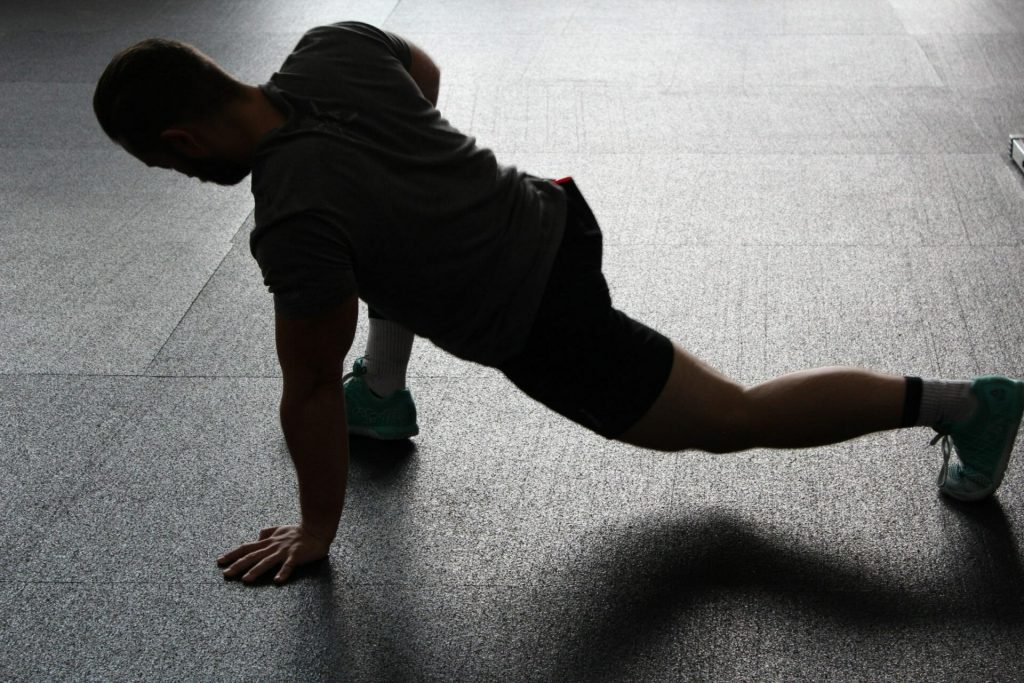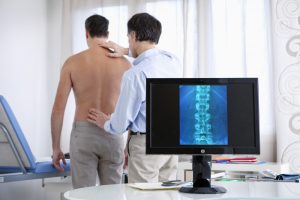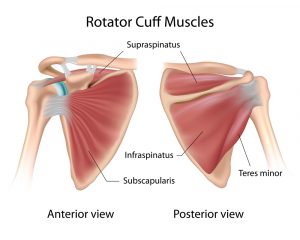By Mike Ludwicki
Regeneration is often a neglected element of the training plan, while training and diet alone are not a guarantee of achieving the dream goal. Rest after training is essential for the proper recovery of muscles and the rebuilding of energy resources in the body. Its quality determines how quickly we will be able to observe the results of the exercises.
Biological regeneration is not only reserved for professional athletes. When we talk about regeneration, we mean not only massage or sauna, but also a proper diet, hydration, and enough sleep.
Without adequate time for muscle regeneration, even the best training plan will not allow us to build desired levels of fitness. Achieving the goal of a slim, athletic figure requires the interweaving of short periods of effort with longer periods of rest, and only this training regimen is effective and safe.
Offer: Book a free consultation with West Chiropractic >
-Sauna
The sauna is an extremely helpful tool on days when we don’t train. Remember that heating up the body just before or immediately after exercise is dangerous to health. In the sauna, we observe increased heart rate, faster blood flow and water loss, which could be too heavy in combination with post-workout fatigue. That is why it is worth using the sauna on non-training days. The high temperature present in the sauna allows for faster blood circulation and its better supply to individual muscle groups. Thus, we gain relaxation and relaxation. The big advantage of going to the sauna is also the better excretion of toxins – also those formed during metabolic changes. Regular visits have a positive effect on the regeneration of minor injuries and strains.
Offer: Book a free consultation with West Chiropractic >
-Massage
The best for regeneration after training is a sports massage, the purpose of which is to relax the tired fibers as effectively as possible. It is recommended especially after performing heavy strength movements that involve many muscle groups. It helps to prevent troublesome contractures and very unpleasant tense of muscles. Relaxed, massaged muscles have better access to nutrients by improving blood circulation. When deciding on this type of massage – in which, among others, trigger points are not treated by the masseur – we should remember that he has little to do with a relaxing massage.
-Foam Rolling
Muscle rolling is a form of self-massage with the use of a special roller. It is nothing but a roller made of harder or softer foam. Both with and without protrusions are available.
Rolling has a great effect on the fascia, makes it more flexible, minimizes the risk of injury, accelerates regeneration and allows you to regain the full range of motion.
We can do the rolling ourselves, trying to rest our body weight on the muscle trying to avoid putting pressure on joints or the bones themselves. If in doubt, ask your trainer for advice.
-Stretching
Stretching is one of the so-called cool down exercises, i.e. calming and relaxing the muscles after training. Their goal is to safely bring a tired body into a state of calm and rest. Skipping this step exposes the body to the shock of suddenly shifting from a very fast exercise pace to a complete halt. It can be manifested, for example, by fainting or venous embolism. Moreover, stretching the muscles reduces the pain symptoms immediately after training and reduces the risk of soreness.
If you would like more help on post exercise recovery, please book in below or call me and ask for Mike on 10932 355529
If you would like to have a chat with us contact us here >


